What is a Passenger Elevator?
A passenger elevator is a type of elevator that allows people to ride in it. In some cases, these are commercial elevators used by employees or customers to travel between floors in a building. In other cases, these are private elevators that allow people to access rooms in their homes.
Passenger elevators are usually designed with safety features such as fireproofing materials, emergency brakes, and automatic shutoff systems that activate if something goes wrong while riding in the car. These features make them safer than other types of elevators used in buildings today.
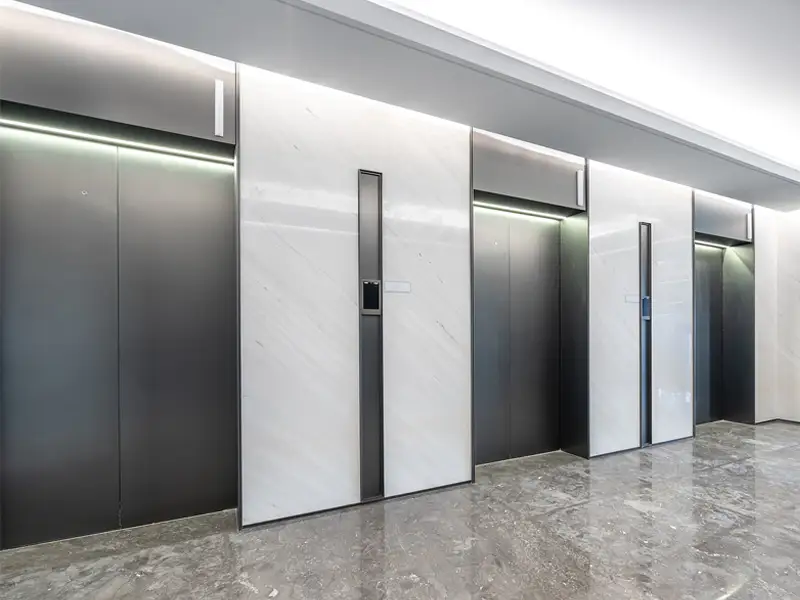
What are The Types of Passenger Elevators?
By Drive Method
- AC elevator: Elevator with AC induction motor as the driving force.
- DC elevators: Elevators with DC motors as the driving force. The rated speed of these elevators is generally above 2.00m/s.
- Rack and pinion elevator: The rail is processed into rack and pinion, the car is equipped with gears meshed with the rack and pinion, and the motor drives the gear to rotate so that the car is lifted and lowered.
- Screw elevator: The plunger of the straight top elevator is processed into rectangular thread, and then the big nut with thrust bearing is installed on the top of the cylinder, and then the motor drives the nut to rotate through the reducer (or belt), so that the screw tops the elevator to make the car rise or fall.
By Speed
- Low-speed elevator: often refers to the elevator with a speed lower than 1.00m/s.
- Medium-speed elevator: often refers to the elevator with a speed of 1.00~2.00m/s.
- High-speed elevator: often refers to the elevator with a speed greater than 7m/s.
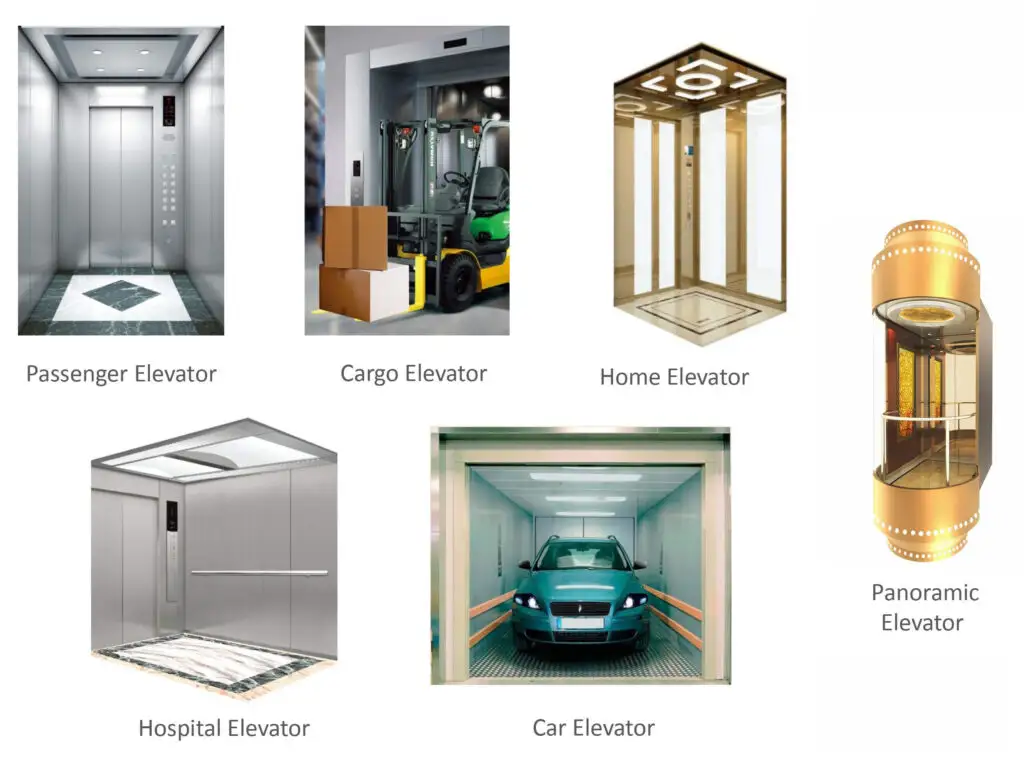
How High is a Passenger Elevator?
A passenger elevator is a machine that carries people between floors of a building. The most common form of passenger elevator is the type that moves up and down inside a shaft, also called a vertical lift.
The size of an elevator car varies with its function. A freight or goods elevator can be larger than an average car. Passenger elevators range from about 6 feet (1.8 meters) to more than 20 feet (6 meters) high—and some skyscrapers have elevators that are more than 100 feet (30 meters) tall!
The length of the car also varies by building use. In a commercial building, where passengers make frequent trips up and down in different directions, longer cars are usually installed. In residential buildings, shorter cars may be used because they take up less space in the shaft and don’t require so much power to operate.

How Fast Passenger Elevators Are?
A passenger elevator can travel at speeds up to thirty-six miles per hour. However, the actual speed is usually significantly less because of the load it is carrying and the number of stops it must make on the way.
Elevator manufacturers design their systems to carry a maximum number of passengers in a given space. The amount of space required depends on the number of passengers and their size. For example, two people who are large or overweight may require more space than two people who are small or thin.
The maximum speed of an elevator is typically determined by how quickly it can stop on each floor. If an elevator travels too fast between floors, it cannot stop completely within its allotted time slot. Thus, elevator manufacturers limit speeds to ensure that the elevator will be able to stop safely on each floor without damaging the structure or causing injury to passengers or staff members.

How Much Does It Cost to Install a Passenger Elevator?
The cost of a passenger elevator installation project depends on several factors. A major factor is the size of your home and the distance from the ground floor to the upper floors.
The average cost for an elevator installation project is around $20,000-$30,000. This price range also varies depending on how many floors you need to be lifted and what type of materials you want to be used in your elevator.
If you are looking for an elevator that can transport more than one person at a time, then it will cost more money than a single-person lift.
For example, if your home has two floors and you need to be lifted up both levels, then it will cost more money than if it had only one level. In addition to this, there are different types of elevators available for purchase such as a standard residential elevator or a commercial one that can hold many people at once.
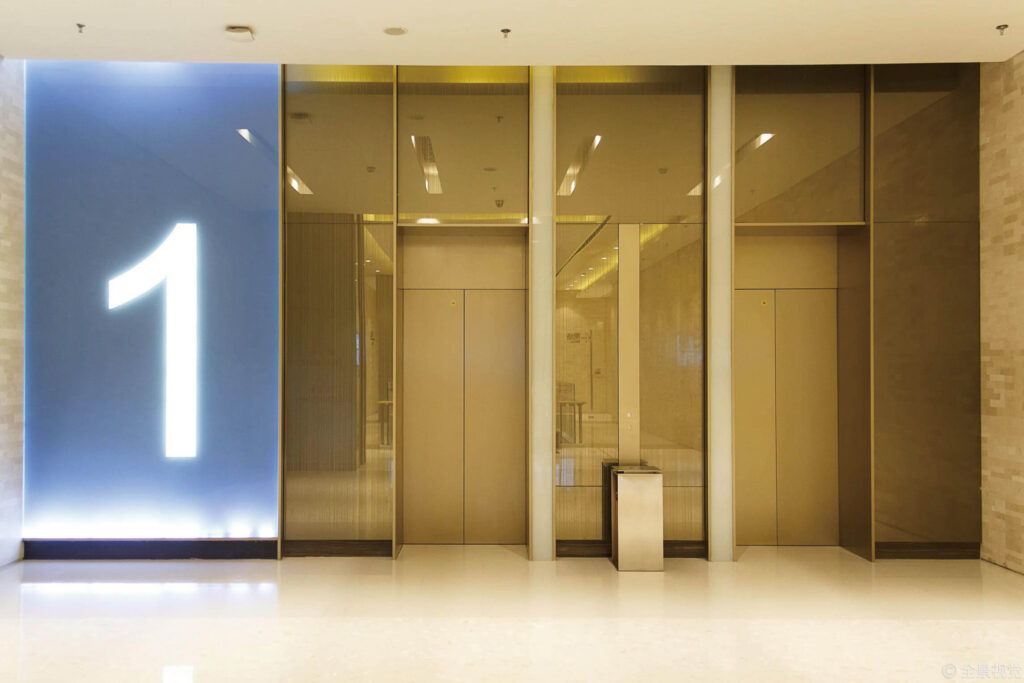
How Does Passenger Elevator Work?
Passenger elevators are one of the most common types of elevators in use today. They’re used to transport people from one floor to another in a building or other structure.
These elevators are typically installed inside buildings, but they can also be installed outdoors on the sides of buildings.
Elevator service is provided by elevator companies and elevator maintenance companies.
Passenger Elevator Components
A passenger elevator is made up of several different components that work together to make the elevator functional. The main parts of a passenger elevator include:
Carriage – This is part of the elevator that moves up and down as it travels between floors. The carriage houses all of the other components needed for the proper operation of the elevator, including safety devices and controls for operating the lift car on its journey up and down between floors. There are two main types of carriages: open hoists and closed hoists (also known as cabless). Open hoists have open sides, while closed hoist cabins have doors on all four sides so passengers can enter or exit while in motion.
Travelling Cable – The traveling cable is a high-tensile steel wire rope that runs through sheaves (wheel-like devices) mounted on the top and bottom side frames of each level of the lift shaft. The cable runs from the top of the elevator car to a counterweight located on the opposite side of the building, where it is anchored. It also connects to a drive motor that runs through pulleys and gears at each level of the shaft. As passengers ride in an elevator car, they push against this cable with their weight.
Counterweight – Counterweights are large pieces of metal that hang on both sides of an elevator’s carriages in order to balance out its weight so it can travel vertically without falling down due to gravity’s pull on it. Counterweights are usually made of metal, though some elevators have used concrete or other materials for their counterweight. They hang from the top of the elevator shaft, which is a vertical tunnel through which cars travel up and down. The weight of the carriages pulls on cables that run through pulleys at each floor level.
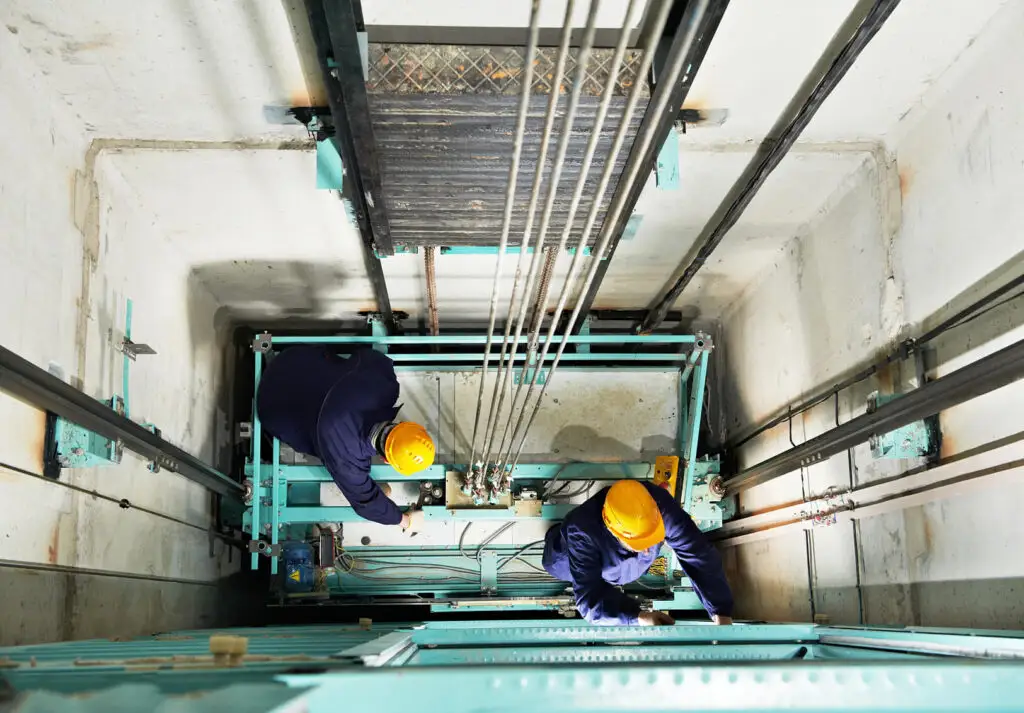
How Many People Can a Passenger Elevator Hold?
The answer depends on the size and type of elevator, but generally speaking, it’s safe to say that an average elevator can hold anywhere from 5 to 10 passengers at a time.
Elevators are designed to carry a certain number of people based on their weight-carrying capacity (WC). The WC is the maximum number of pounds that can be safely carried by an elevator car at one time. For example, the standard WC for many passenger elevators is 800 pounds. This means that if you have five people weighing 150 pounds each in an elevator with a WC of 800 pounds, then the total weight carrying capacity would be 750 pounds – or five passengers plus another 150 pounds worth of equipment. That’s why it’s important to always check the weight capacity before you load up your car with passengers and equipment alike!

What is The Capacity of Passenger Elevators?
Passenger elevator capacity is the maximum number of passengers that can be transported in a single trip. This number is calculated using a formula that takes into account the weight of each passenger and their luggage.
For most passenger elevators, the capacity will be 2,100 pounds per car (2,000 for wheelchair access). This means that if there are two cars in an elevator shaft, then you can have up to 4,200 pounds of weight or eight passengers (including themselves) per car. If there are three cars in an elevator shaft, then you can have up to 6,300 pounds of weight or 12 passengers per car.
How to Calculate Passenger Elevator Capacity?
The formula used to determine passenger elevator capacity is:
(Weight x Number) / Elevator Speed = Average Weight per person
Using the example of two cars in an elevator shaft, the formula would look like this: 4,200 lbs x 2 = 8,400 lbs / 300 ft/min = 25.6 lbs per person.

How Long is The Service Life of Passenger Elevator?
The service life of passenger elevators is generally between 15-20 years, but this is only a rough range. The lifespan of an elevator depends on maintenance and upkeep. The service life of a better-maintained elevator can reach 25 years.
What is the Difference Between a Passenger Elevator and a Home Elevator?
A home elevator is usually much smaller than a passenger elevator, which is why it’s more appropriate for small homes. While a passenger elevator can carry up to 20 people at once, home elevators typically hold only a few people at once.
Home elevators are also much slower than their commercial counterparts. They can take as long as an hour to reach the top floor of your home, while commercial elevators typically travel at speeds of up to 1,200 feet per minute (FPM).
When you purchase a home elevator, you’ll have to install it yourself or hire an installer to do the work for you. This means that you’ll need to ensure that the area where you plan to install it has enough power outlets and other necessary connections so that the unit can operate correctly.

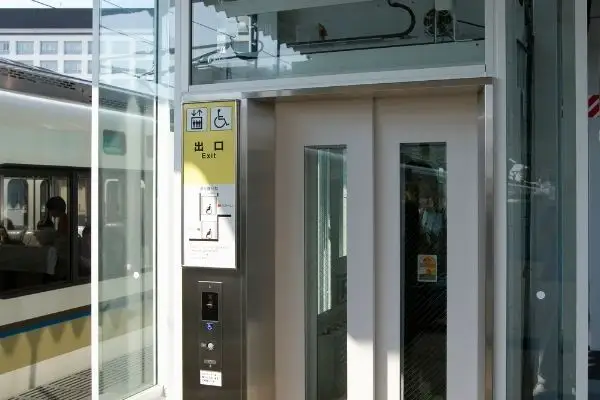
Can a Passenger Elevator Be Considered a Freight Elevator?
Passenger is not recommended for cargo carrying for 3 reasons
One is that passenger elevators are designed for the transportation of passengers and their internal structure may not be suitable for carrying goods, which poses a safety hazard.
Secondly, the capacity of passenger elevators is designed according to the transportation of people, which is smaller compared to freight elevators.
Thirdly, if there is a safety problem during the transportation of goods, it may lead to damage or failure of the passenger elevator, which in turn may affect the normal transportation of people. As well as may bear the corresponding legal liability.
To summarize, although passenger elevators can be used temporarily to carry goods under some specific circumstances. For long-term, large quantities of goods transportation, you should still choose a specially designed freight elevator to ensure the safety and efficiency of transportation.
Conclusion
Dazen is a highly reliable passenger elevator manufacturer in China. Here, you can find the exact product that fits your needs and budget.
If you have more questions about the passenger elevators, contact Dazen Elevator today!

